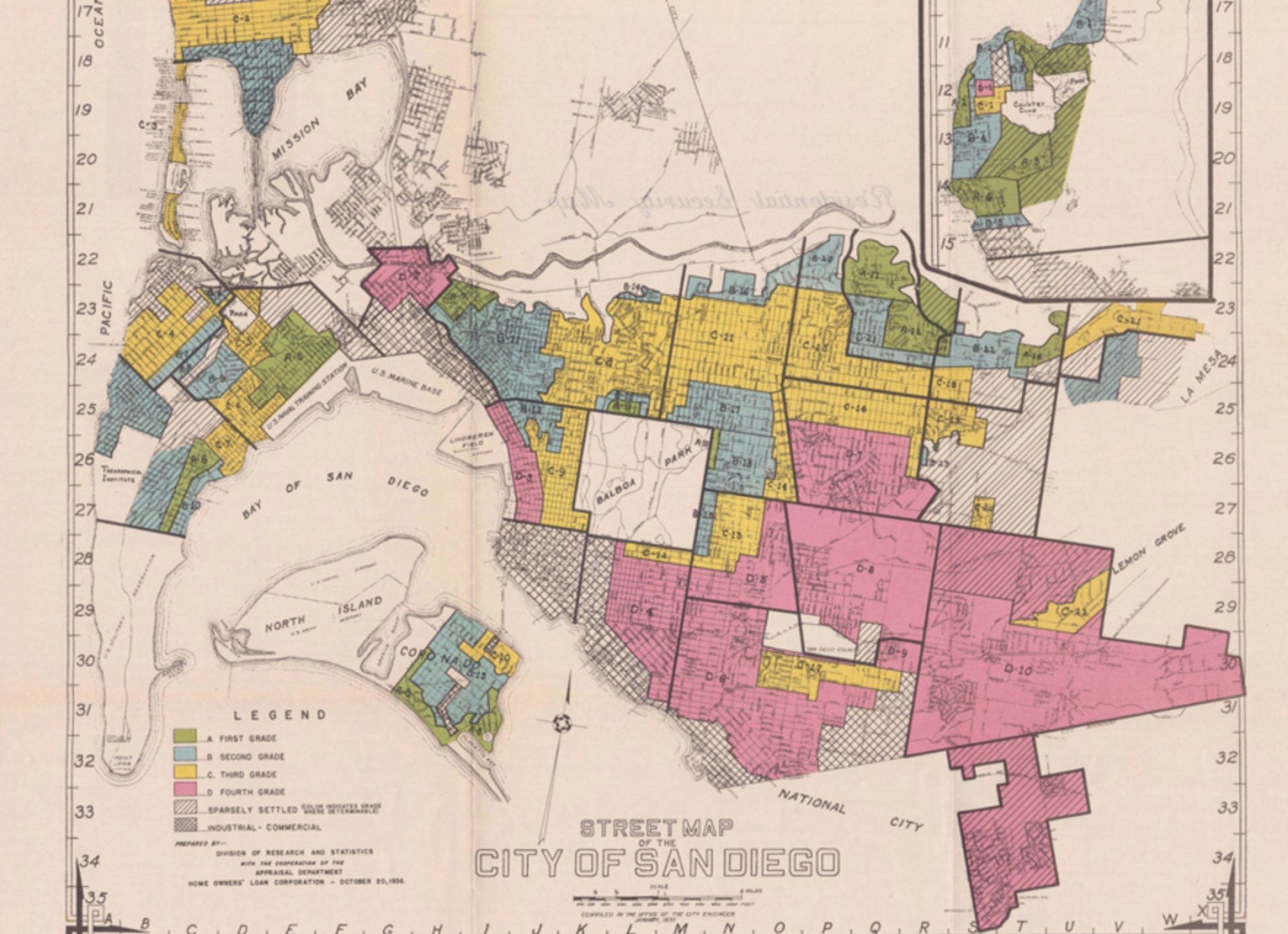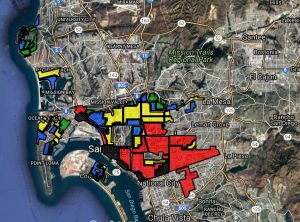Podcast: “Digital History Reflection”
Reflecting on my digital history project, I am pleased with its outcome. Although it is far from perfect and has room for growth, my research opens up a conversation about redlining not only in California but nationwide. I do believe redlining is a history that has influenced public policy and community activism that still affects us today just as much as it did decades ago. Today, we can reflect on how redlining could possibly be linked to gentrification, given the rise in the cost of living in communities that were once considered undesirable, are now becoming a piece of prime real estate. Throughout the semester, I strived to digitize a complex topic in order to raise public awareness beyond the halls of academia. When I chose this topic, my goal was to spark conversation based on the sources I collected from books, newspaper articles, and images. Also, my research allowed for a moment of self-reflection. How does a person’s zip code affect the quality of education, jobs, housing, and access to resources?
I too had to reflect on my privilege and agency while conducting this research. Growing up in a small suburban city in Riverside County, my parents understood how a zip code aided in my success: safety, quality education, and agency. This project made me reflect on my experience in the suburbs while examining how race and economics function in America’s housing. Indeed, America has come a long way from segregated communities during the 20th century, yet there is an imaginary line dividing us in urban, rural, and suburban neighborhoods were race and economics still impacts the neighborhood development over time. Despite the leaps and bounds within America’s housing due to the passing of the Civil Rights Acts of 1964, 1968, and the formation of HUD housing, it amazes for me to think the city I was born in, San Diego, California, once had laws limiting people of color to live in certain neighborhoods. People of color, Jews, and immigrants struggled to attain mortgages because of their race or religious ancestry. Likewise, deeds were racially biased which meant a person of color could not purchase a home from a white person; a white person could only sell their home to another white person. Looking at the redlining maps that divided people for years, it is scary to think that generation after generation, those lines shaped people’s reality.

